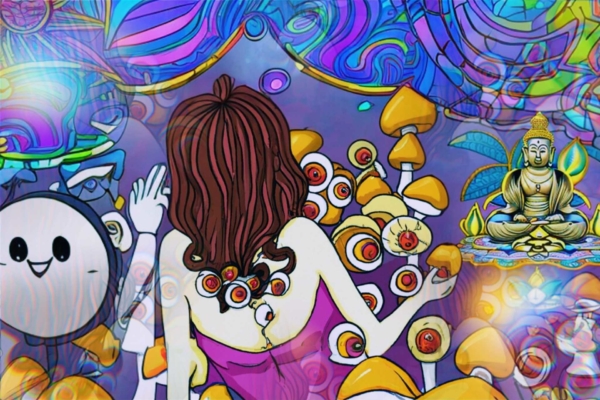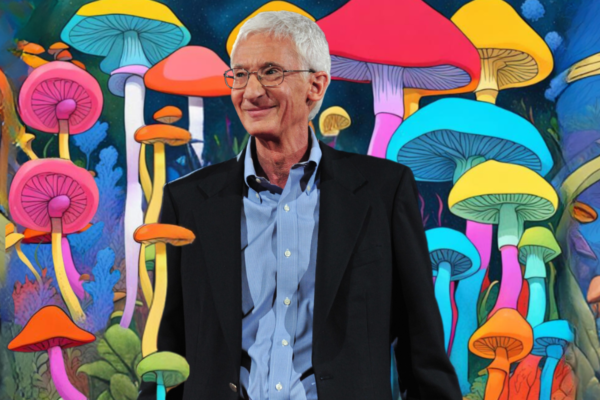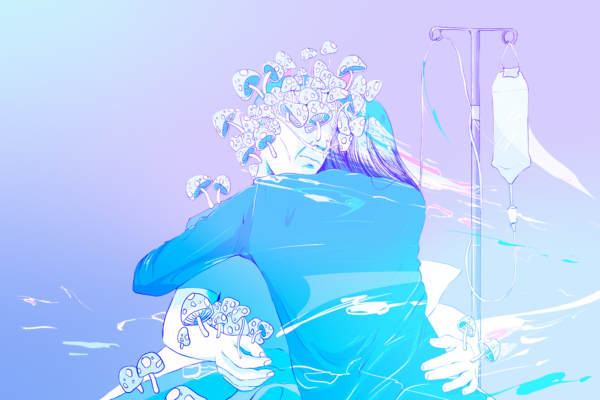
Psilocybin mushrooms, colloquially known as shrooms or magic mushrooms, have captivated human curiosity for centuries due to their profound psychedelic properties. As scientific research increasingly uncovers the therapeutic potential of psilocybin, and more people begin to experiment with these substances, it becomes crucial to understand the significance of how long to wait in between psychedelic trips. The answer is not as black and white as one might think. The factors that impact how long a person should wait include biological tolerance, dose, proper integration and reflection, and their set and setting.
The Role of Tolerance in Waiting Between Mushroom Trips
When consuming psilocybin mushrooms, it’s important to consider the development of tolerance. Tolerance refers to the body’s adaptation to the effects of a substance, resulting in a diminished response over time. The tolerance that builds with psilocybin is specifically called tachyphylaxis, which is a rapidly diminishing response to successive doses of a drug, thus rendering it less effective with each dose. As opposed to just tolerance, which is the response to a drug over time without an attenuation based on subsequent doses. For the sake of clarity and understood colloquialisms, we will use the word tolerance to refer to psychedelic tachyphylaxis. In the case of psilocybin, tolerance builds soon after consumption. In order to bypass this tolerance, one must double their last dose in order to feel the same effects, so trying to consecutively trip on shrooms quickly becomes inefficient and wasteful. Consistently ingesting mushrooms without allowing sufficient time for tolerance to reset will lead to reduced effects and underwhelming experiences.
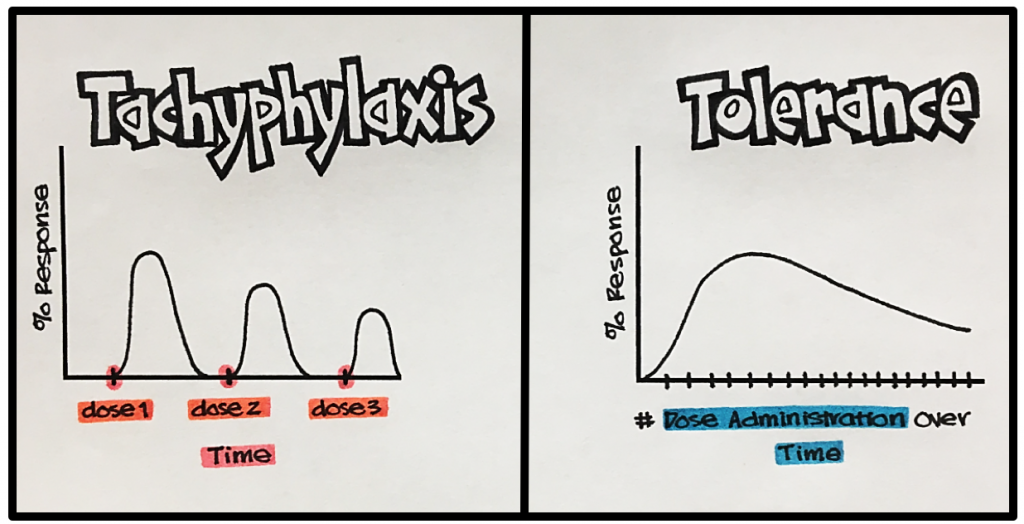
Additionally, psychedelics display cross-tolerance, meaning any psychedelic that enacts on the same receptor will have a diminished response. For example, if one were to trip on shrooms, then the body will build tolerance against LSD, too.
Thus, one cannot take shrooms on Monday and then trip on LSD on Tuesday. This phenomenon makes it crucial to determine an appropriate waiting period between trips to ensure the full intensity and potential of the psychedelic journey.
Biologically, research indicates that it takes approximately 7-14 days for psilocybin tolerance to reset fully. During this period, the brain’s serotonin receptors (5-HT2A) gradually return to their baseline sensitivity. Waiting for tolerance to reset allows individuals to embark on subsequent mushroom trips with renewed receptiveness, ensuring a fresh and unaltered experience. Online tools such as tolerance calculators can be useful in determining when one’s tolerance returns to baseline levels and can provide an approximation on how much more of a dose one must take to feel the same intensity of effects. It is important to know that tolerance can be reset faster for some people based on their metabolism, so one person might take 7 days while another 14 days. Nevertheless, one to two weeks is the accepted waiting period for mushroom trips. But a biological reset of tolerance is not all that needs to be considered when determining how long to wait in between trips.
How Often Should You Microdose?
Differences in Doses: Microdosing vs. Macrodosing
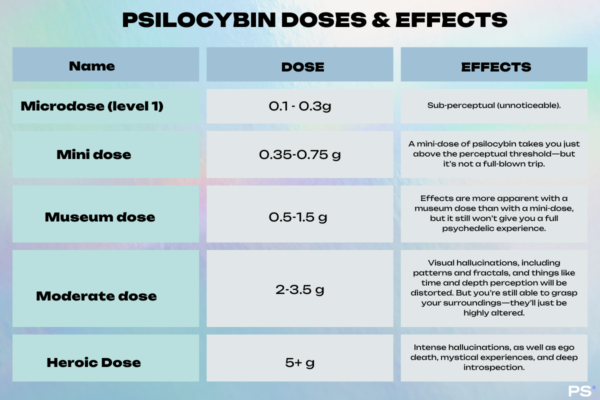
There are different waiting periods for microdoses compared to that of larger doses. For microdoses, a person only has to wait 2 days in between doses, so if a person dosed on Monday, then they can dose again on Thursday. The amount of psilocybin in microdoses is not enough to cause a person to trip or feel a perceptible physiological response, so theoretically, serotonin receptors are not as occupied as they are after taking a large dose. For more information on how to microdose, visit our Microdosing Psilocybin for Beginners guide and How to Microdose Psilocybin According to Paul Stamets.
On the other hand, any amount of psilocybin that causes a perceptible physiological response will fall under the 7-14 days waiting period rule. This is because, if person feels any sort of effect from the mushrooms, it means that psilocin occupied their serotonin receptors, which are then downregulated for 1 to 2 weeks. Theoretically, a person could trip every two weeks with the same intensity in their trips, but things are not that simple, as other factors can impact how long a person needs to wait in between trips.
How to Maximize Your Shroom Trip Results: How Does Integration and Reflection Affect How Long You Should Wait Between Mushroom Trips?
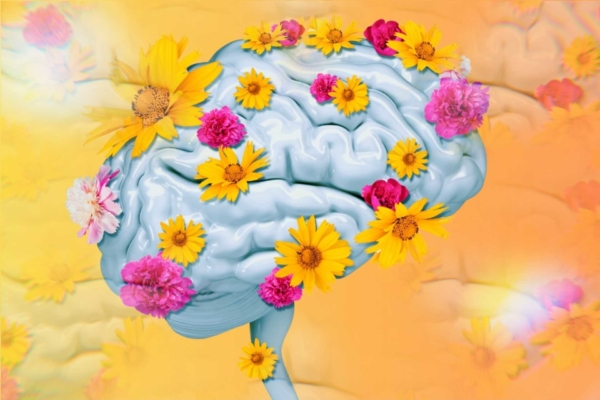
In addition to resetting biological tolerance, allowing time for integration and reflection between mushroom trips is paramount. Psychedelic experiences can be deeply introspective and emotionally profound, often resulting in significant insights and personal revelations. Rushing into another trip without sufficient time for processing and integration may impede long-term benefits. It is advisable to allocate ample time after a mushroom trip for introspection, journaling, discussing experiences with trusted individuals, or even seeking therapy, if necessary.
Integration allows individuals to fully comprehend and assimilate the lessons and insights gained, translating them into positive changes in their daily lives.
Full psychedelic doses (3.5g+) are often used sporadically by people every couple of months to allow enough time to process the experience. If you are wanting to trip multiple days in a row, it is best to ask why. Are you looking to experience a specific part of a trip again? Did the trip invoke certain memories that you are wishing to revisit? Or are you simply wanting to trip just to trip? Whatever the reason, it is seldom recommended to trip consecutively, as you lose the nuance and introspection of the experience. Psychedelics such as psilocybin mushrooms are not casual daily recreational substances such as weed, so it is best to treat them with respect and not abuse their use.
Respecting Set and Setting: Resisting the Urge to Rush Proper Preparation

Set and setting are the most important pillars of psychedelic trips. “Set” refers to an individual’s mindset and psychological state, while “setting” encompasses the physical environment and social context in which a psychedelic experience takes place. Both set and setting significantly influence the quality of the mushroom experience. Allowing ample time between trips enables individuals to approach subsequent experiences with a fresh mindset and create a supportive setting. This entails being in a positive mental and emotional state and carefully arranging the physical environment to enhance comfort and safety. Respecting set and setting contributes to a more positive and transformative psychedelic experience, ensuring the optimal utilization of psilocybin’s potential. It is imperative not to rush wanting to trip just for the sake of tripping without ensuring the proper set and setting.
Let’s expand upon the concept of “set.” A factor when determining the ideal interval between mushroom trips is to consider individual psychological well-being. Each person has unique needs and circumstances that can influence their response to psychedelics. Factors such as mental health conditions, personal situations, and previous psychedelic experiences should be considered before trying to embark onto a new trip. If a person underwent psychological hardships or stress in their personal life during the tolerance reset waiting period, it is best for them to not trip whenever their biological tolerance goes back to baseline levels, and instead wait until they are mentally ready.
Assessing one’s mental state before a trip is an important part of preparation. A person wanting to trip again must assess themselves and know if their mental state is in the right place to embark upon another psychedelic trip. It can be easy to lie to oneself and ignore a bad mental place simply to enjoy a psychedelic trip, but this can have consequences. If one rushes and trips without being in the right mental space, the chances of a bad trip occurring can drastically increase. For more information on how to prevent a bad trip, read Can You Predict a Bad Trip and Can You Stop it Once It Starts? Additionally, without proper mindset, the psychedelic trip can be underwhelming and not provide its typical insight. Even if biological tolerance resets, assess whether your mental state is in the right place before embarking on your next trip.
In addition to mindset, it’s important to consider the setting. Go on a mushroom trip in a safe, supportive environment to enhance its effects. This is an important part of preparing for a trip. Finding a proper setting can lengthen the time a person waits in between trips. Perhaps they are traveling, or perhaps they have someone staying over, or maybe the weather has been gloomy for several days in a row. All of these factors and more must be taken into account when wanting to trip.
Waiting In Between Mushroom Trips is a Form of Harm Reduction
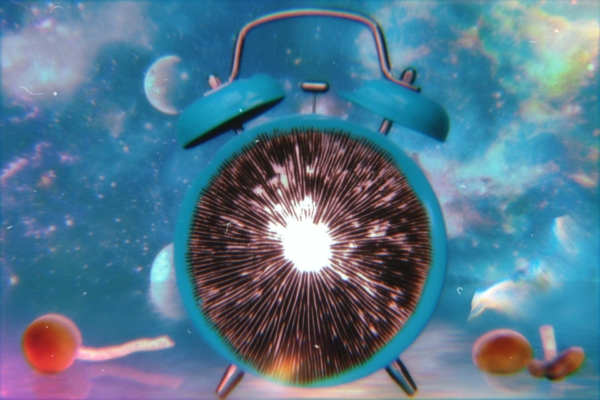
As aforementioned, engaging in excessive or frequent mushroom use without adequate breaks can potentially increase the risk of adverse effects. These effects may include:
- Heightened anxiety
- Challenging experiences
- Difficulties integrating the insights gained
By respecting the necessity for spacing out trips, individuals can mitigate these risks and maintain a healthy and balanced relationship with psychedelics. Treating these substances with reverence and allowing ample time between trips fosters a safer and more fulfilling psychedelic exploration journey, promoting well-being and personal growth.
Do not rush into a trip just because you want to trip. Again, psychedelics are not casual recreational drugs, so let enough time pass in between trips, so you are receptive to the benefits and effects of the drugs. While psychedelics are not addictive or habit forming, abusing them for the sake of wanting to trip again before you’re ready is a sure way of having bad experiences that could potentially be traumatic and force you to wait even longer in between trips until you’re mentally ready to trip again.
Final Thoughts
Timing plays a pivotal role in exploring the transformative power of psilocybin mushrooms. There is not a simple answer of how long to wait, as there are many factors that are involved. Waiting for biological tolerance to reset, allowing for integration and reflection, considering psychological well-being, and respecting set and setting are crucial factors in responsible psychedelic exploration. Waiting two weeks in between trips will reset biological tolerance, so theoretically, if everything else is fine, a person could trip every two weeks. Yet, things are not that black and white. There needs to be ample consideration to a person’s mental state and their environment, as well as allowing enough time to pass to integrate and reflect upon their last psychedelic trip. Taking these factors into account can extend the waiting period by a couple of weeks or even a couple of months. The best time to trip again, after tolerance resets, is when your mind and body let you know you are ready to do so again.
By approaching mushroom trips with mindfulness and responsibility, individuals can unlock the therapeutic potential of psilocybin and embark on a journey of self-discovery and personal growth. Adopting a safe and balanced approach to psychedelic exploration ensures optimal benefits while minimizing potential risks, fostering an enriching and transformative experience.
